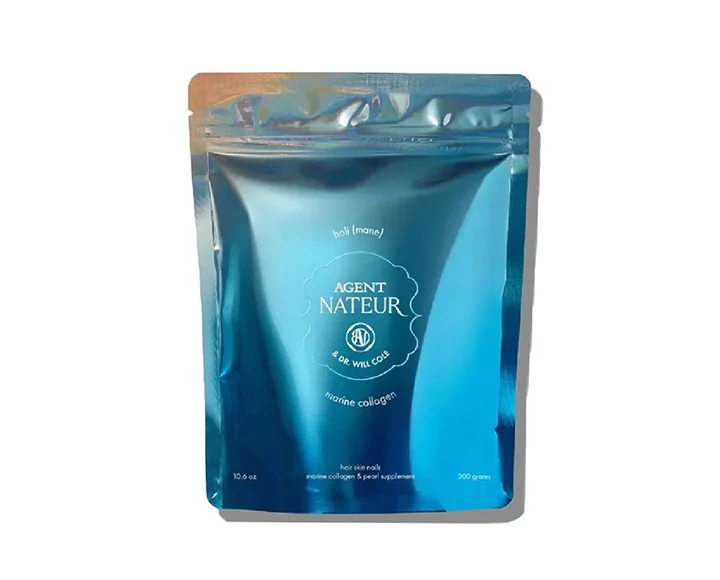Scent pervades the deepest levels of our psyche, which is why essential oils and their uses can be deeply healing and totally mood-lifting. Whether it’s to de-stress, boost creativity or tone down our intensity, just a whiff of our fave can transport out minds and transform our energy. The question is: which oils should we stock up on for maximum wellness?
We all know lavender is supposed to chill us out and it’s no surprise that punchy peppermint perks us up, but what if we’re dealing with feels that are more complex? There’s essential oil for that too!
Mystic holistic goddess, Angela Shore of Jiva-Apoha (Sanskrit for “soul-healing”), makes artisan essential oil blends aimed to transform, based on the core principles of Ayurveda and Shamanism. We’re diving deeper into the art of aroma therapy with Angela’s pro recommendations for which oils to use and why…
BLUE LOTUS
Blue lotus’ original habitat was along the Nile, eventually spreading during ancient times to India and Thailand. In Egyptian mythology, the Blue lotus flower was significant and was said to rise and fall with the sun. It’s the national flower of India. Blue lotus oil is used in every ashram in India for meditation.
Emotional: relaxing, awareness stimulating, tranquility.
Wellness: aphrodisiac, mild sedative, stress reducing, muscle spasms, headaches, migraines, sinus, fertility.
CLOVE
Clove, also know as laung in India, is widely used in ayurvedic medicine. Cloves and their essential oil have been used to help fight off epidemics for centuries.
Emotional: stimulating, dreamtime, creates a sense of courage and protection.
Wellness: anti-aging, antimicrobial, antifungal, antiviral, anesthetic, anti-inflammatory, anti-parasitic, arthritis, rheumatism, toothaches, skin disorders (acne, skin irritations and sensitivity).
GINGER
Ginger is believed to be derived from the Gingi district in India, where tea made from ginger is used for stomach upsets. Ginger has been used as medicine since early times and recorded in both Sanskrit and Chinese texts.
Emotional: gentle, stimulating, warming.
Wellness: anti-inflammatory, tonic, anesthetic, digestive aid, nausea, congestion, rheumatism, muscular aches and pains, poor circulation.
MARJORAM
Marjoram is native to Southern Europe. Its Indian Hindi name is marwa. It was also known as the ‘herb of happiness’ to the Romans. It was believed to increase longevity. It’s widely used in medicine, cooking, perfumes and other toiletries. In skincare, marjoram has toning properties that are useful in cosmetics.
Emotional: calming the nerves, warming, relaxing.
Wellness: antibacterial, antifungal, relaxant, arthritis, rheumatism, muscle/nerve pain, headaches, menstrual.
PALMAROSA
Palmarosa is a wild herbaceous plant that grows up to nine feet tall and is native to India. The dried herb and essential oil are both used in ayurvedic medicine. It was originally transported from India to adulterate rose oil. Palmarosa is one of the most important essential oils in body care. It helps aid new cell growth, moisturizes and speeds healing.
Emotional: soothing, cooling, stimulating, healing.
Wellness: astringent, anti–inflammatory, antiviral, antibacterial, anti-depressive, dermatitis, eczema, psoriasis, wrinkles, relaxant, sciatica, rheumatic pains, fevers.
PALO SANTO
Palo Santo (holy or sacred wood) originates in Ecuador and it can be found throughout South America. It is what white sage is to our Native American Indians. It is used by the Incas to purify negative energies and cleanse the air. Palo santo essential oil is known as ‘the spiritual oil.’
Emotional: calming, grounding, uplifting, enhances creativity.
Wellness: antioxidant, antiseptic, anti-flammatory, bronchial coughs, colds, migraines, allergies, asthma, depression, reduces inflammation of joints, muscles and regenerating skin, meditation.
SANDALWOOD
Sandalwood is indigenous to South India. It has been used for centuries in ayurvedic medicine, yoga, meditation and skin revitalization. Sandalwood essential oil is the most popular oil in the world; it’s found especially in Mysore, India. It is considered in alternative medicine to bring one closer to the divine. Sandalwood is integral to rituals and ceremonies throughout India.
Emotional: grounding, stabilizing.
Wellness: anti-viral, immune stimulant, anxiety, acne, wrinkles, and scar tissue.
SWEET GRASS
Sweet grass is one of the most important Native American ceremonial plants, used by many tribes as a purifying herb. In Native American spirituality, it’s considered to be the sacred hair of Mother Earth. Sweet grass is traditionally braided in three strands representing love, kindness and honesty.
Emotional: meditative state, soporific effect.
Wellness: herbal medicine, healing rituals, fasting, throat, coughs, hair-wash, eye-wash, abraded skin.
TULSI
Tulsi (holy basil) is regarded in ayurveda as a kind of ‘elixir of life’ and believed to promote longevity. Tulsi has been used for thousand of years for its diverse healing properties. It is considered a sacred plant and is worshipped throughout India. Tulsi essential oil is known as ‘the wonder oil.’
Emotional: purifier for the mind, body and spirit.
Wellness: antibacterial, antioxidant, colds, headaches, stomach disorders, inflammation, healing for skin.
WHITE SAGE
White sage grows in the Southwest. In the spiritual realm, white sage is sacred and is used ceremonially for cleansing space. It clears negative energy but also attracts positive energy. Burning white sage leaves for purification purposes has been a long-standing tradition within the Native American tribes, and even now as a modern day practice.
Emotional: vibrational, purifying, cooling, clarity.
Wellness: anti-inflammatory, antifungal, antibacterial, holistic remedies such as reducing fevers, throat, lungs, stomach, personal skin care, hair and body products.













